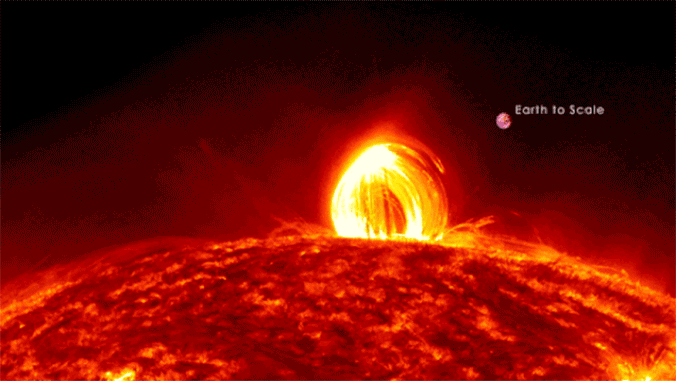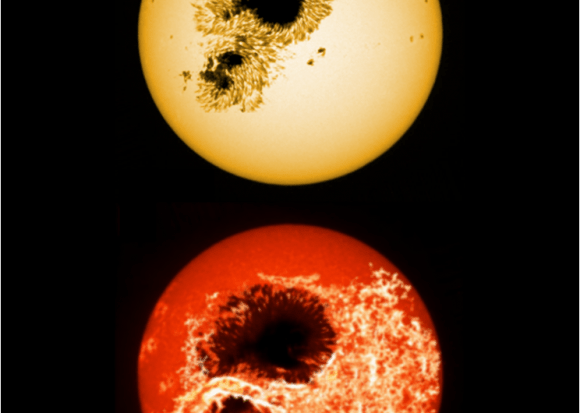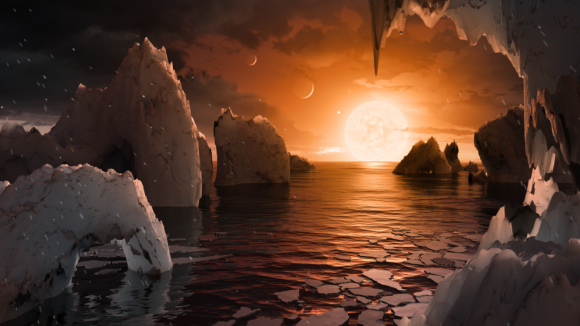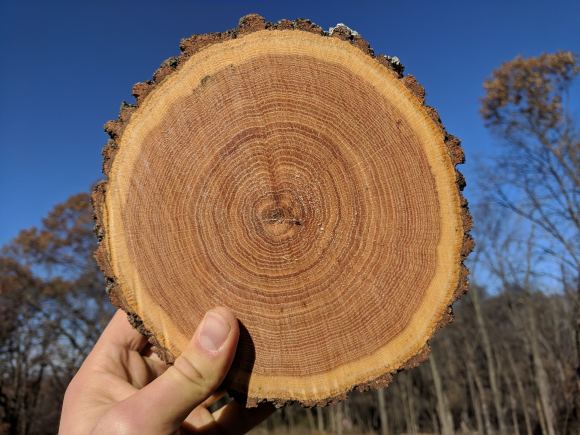We live with a star that sends out flares powerful enough to disrupt things here on Earth. Telecommunications, power grids, even life itself, are affected by strong solar activity. But, the Sun’s testy outbursts are almost nothing compared to the superflares emitted by other stars. Why do flares happen? And what’s going on at distant stars to ramp up the power of their flares?
The answer sounds simple: it’s physics. Or, to be more accurate, solar and stellar physics. Essentially, a flare is a release of magnetic energy from an active region on a star. On the Sun, we see that kind of activity connected to sunspot groups, which have strong magnetic field lines. Stored magnetic energy accumulates, and eventually the lines “snap” and release that energy. It accelerates charged particles in the solar plasma and sends a burst of electromagnetic radiation out to space.

Explaining Supeflares at Other Stars
The same sequence of events happens on other stars. Other stars have spots, although the ones we see from Earth are generally much larger than the Sun’s. In some cases, starspots can cover up to a third of a star’s “surface”, with attached magnetic fields. It’s no surprise, then, that those stars would also generate flares.

Scientists usually refer to those outbursts as stellar flares. Some stars are active enough to produce “super flares”, which are generally anywhere from 100 to 10,000 times brighter than flares from the Sun. Superflaring stars have stronger magnetic fields than the Sun, which accounts for their brighter activity. Interestingly, some of those flares are accompanied by an unexpected flare of brightness, which is then followed by a less-intense, longer flare.
Scientists wanted to know why this interesting “hiccup” in the flares occurs in superflares. So, a team led by postdoctoral researcher Kai Yang and associate professor Xudong Sun of the University of Hawaii Institute for Astronomy looked to the Sun to create a useful model of the phenomenon. They then looked at light curves of stars in data from the Kepler and TESS telescopes to look for a peculiar “peak-bump” hiccup in the output of light.
“By applying what we’ve learned about the Sun to other, cooler stars, we were able to identify the physics driving these flares, even though we could never see them directly,” said Yang. “The changing brightness of these stars over time actually helped us “see” these flares that are really far too small to observe directly.”
Modeling the Outbursts
It’s impossible to see the phenomena that produce the “peak-bump” hiccups at other stars. So, Yang and the team looked at something that forms on the Sun all the time: coronal loops. Originally, astronomers suspected that the visible light from flares on other stars (and the Sun) came from the lower layers of the stellar atmosphere. They get heated by superheated particles that get energized by magnetic outbursts (called “reconnection”) and rain down from the corona.
The reconnection process involves large loops of magnetized plasma that stretch out from the solar surface into the corona. They break and then reconnect. That releases a lot of energy in a very short amount of time. The process superheats the plasma that energizes the flare activity. The team at Hawai’i asked if the same process could produce that peak-bump hiccup they saw at other stars. Taking solar data and the observations from TESS and Kepler, Yang adapted a fluid simulation used to create models of solar loops. He scaled it up and found that the large energy from a flare pumps a lot of mass into the loops. That creates a dense, visible-light emission at the beginning of the flare, very much like the peak-bump scenario.
The model Yang and the team created replicates the events on the Sun and may very well explain the flares seen at other stars, particularly in the TESS data. Further studies and observations should focus on the timing and placement of these flares. The team points out that more extreme ultraviolet observations could benefit their understanding of the underlying physics of superflares.
Superflares and Life
Life on planets around stars with superflares would be interesting, to say the least. The most active superflare stars are those of M-, K-, and G-type dwarfs. The most powerful superflares would probably wipe out life on nearby planets, or at least drive some severe extinction events. However, stars emitting “not-so-powerful” flares might drive the creation of organic compounds needed for life. Maybe that’s part of the history of life on our planet.

People often ask what would happen if the Sun emitted a superflare. It probably won’t for a long time, but it is certainly capable of emitting very strong ones. Evidence of a strong one more than 14,000 years ago is etched into tree trunks of that time. In more recent times, a strong storm called the Carrington Event disrupted the nascent telegraph communications lines across the world. In 1989, another storm knocked out the power grid across parts of northeastern North America.

So, while we aren’t “blessed” with a star that sends superflares at us, we are at risk from the Sun’s much smaller activities. Studying its outbursts, as well as those from other stars, gives scientists a good idea of what to expect, and maybe someday, how to predict such storms with greater accuracy.
For More Information
Physics Behind Unusual Behavior of Stars’ Super Flares Discovered
A Possible Mechanism for the “Late Phase” in Stellar White-light Flares
Largest Known Solar Storm Struck Earth 14,300 Years Ago

